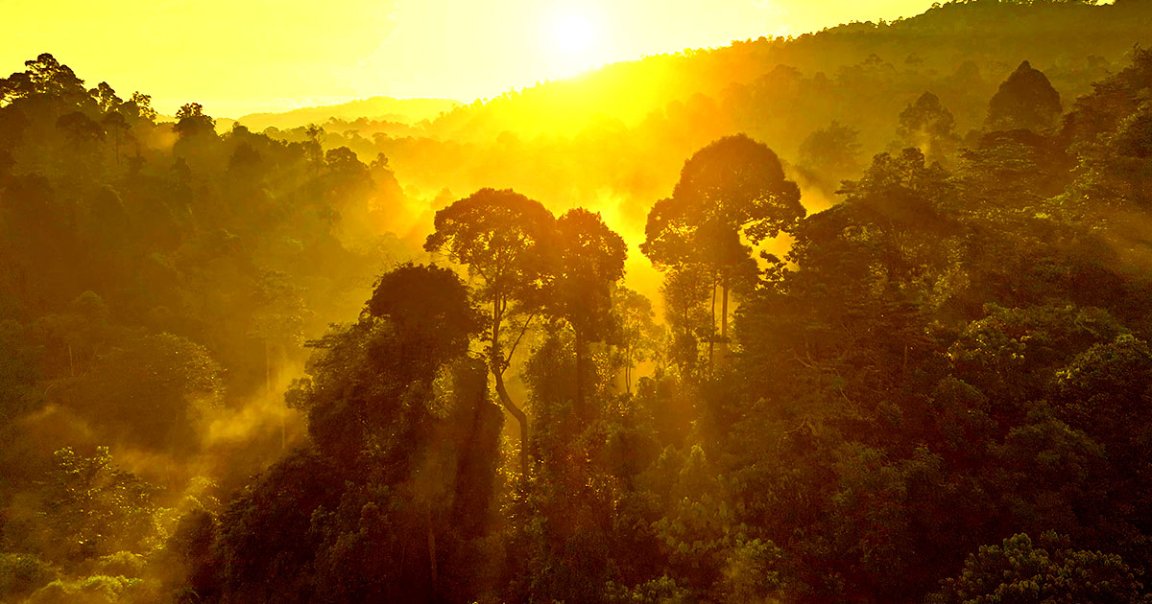
Wheeze Trees
Trees are “coughing” as they’re struggling to keep up with the sheer amount of heat-trapped carbon dioxide in the air.
A team of researchers led by Penn State assistant research professor of geosciences Max Lloyd has found that in hotter climates, trees are no longer able to help in reducing the harmful effects of human-driven climate change by absorbing excess CO2.
Worse yet, they’re releasing considerable amounts of excess CO2 back into the atmosphere.
It’s a dire warning sign that subverts the commonly-held belief that plants and trees can help humanity reduce its carbon footprint. According to the US Department of Energy, plants absorb around 25 percent of the CO2 emitted as a result of human activity — but scientists are now expecting that number to go down significantly as global warming increases.
“We found that trees in warmer, drier climates are essentially coughing instead of breathing,” said Lloyd, lead author of a paper published in the journal Proceedings of the National Academy of Sciences, in a statement. “They are sending CO2 right back into the atmosphere far more than trees in cooler, wetter conditions.”
Cough the Charts
Trees can remove excess carbon dioxide from the atmosphere through photosynthesis, which allows them to grow. But if trees are under stress, they release this gas back into the atmosphere, a process known as photorespiration.
By analyzing tree tissue samples from across the globe, Lloyd and his colleagues found that the rate of this process is up to two times higher in warmer climates — and the drier the climate, the more CO2 the trees release.
The researchers identified that any climates that exceed average daytime temperatures of around 68 degrees Fahrenheit experience this effect.
“We have knocked this essential cycle off balance,” Lloyd said in the statement. “Plants and climate are inextricably linked.”
“The biggest drawdown of CO2 from our atmosphere is photosynthesizing organisms,” he added. “It’s a big knob on the composition of the atmosphere, so that means small changes have a large impact.”
But with climate change, this equation could soon look very different.
“The world will be getting warmer, which means plants will be less able to draw down that CO2,” Lloyd explained.
Using fossilized wood, the team is now hoping to study how photorespiration rates have changed over tens of millions of years, which could test current theories of how much CO2 photosynthesizing organisms have historically been able to absorb and how this could change in the future.
“I’m a geologist, I work in the past,” Lloyd said in the statement. “So, if we’re interested in these big questions about how this cycle worked when the climate was very different than today, we can’t use living plants.”
“We may have to go back millions of years to better understand what our future might look like,” he added.
More on carbon dioxide: Carbon Dioxide Is Becoming More Fearsome, Scientists Find